Optimal Timing for Mango Tree Pruning
Understanding the optimal timing for pruning mango trees is essential for promoting healthy growth and maximizing fruit production. Properly timed pruning can enhance sunlight penetration, improve air circulation, and reduce disease risk. The best time to prune depends on the local climate, tree age, and specific cultivation goals.
Pruning is ideally performed during the dormant season, typically after harvest and before the onset of new growth. This period allows wounds to heal before the tree resumes active growth.
Carrying out pruning immediately after harvesting helps shape the tree and remove dead or diseased branches, setting the stage for healthy development in the next cycle.
Pruning during flowering or fruit setting can disrupt flowering processes and reduce yield. It is best to wait until the flowering period is complete.
In tropical climates, pruning can be done year-round with attention to dry seasons. In subtropical areas, timing should align with cooler, less humid periods.
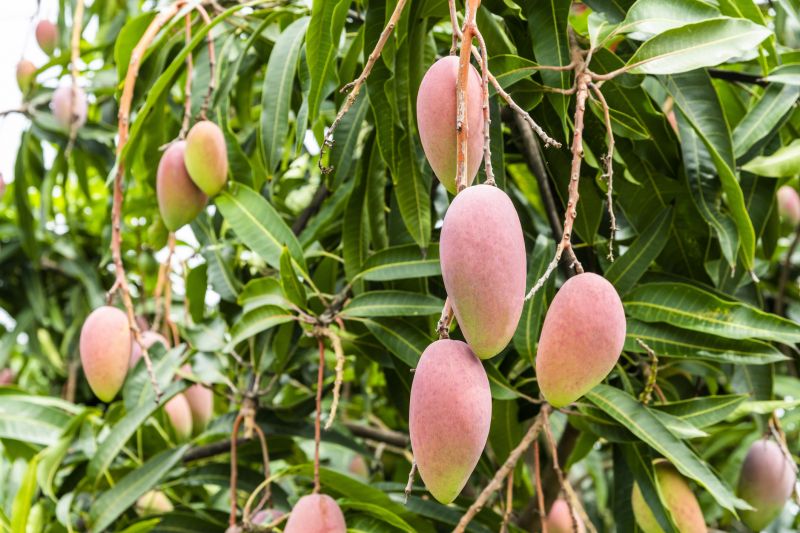
Pruning during the summer months encourages new growth and prepares the tree for the upcoming harvest.
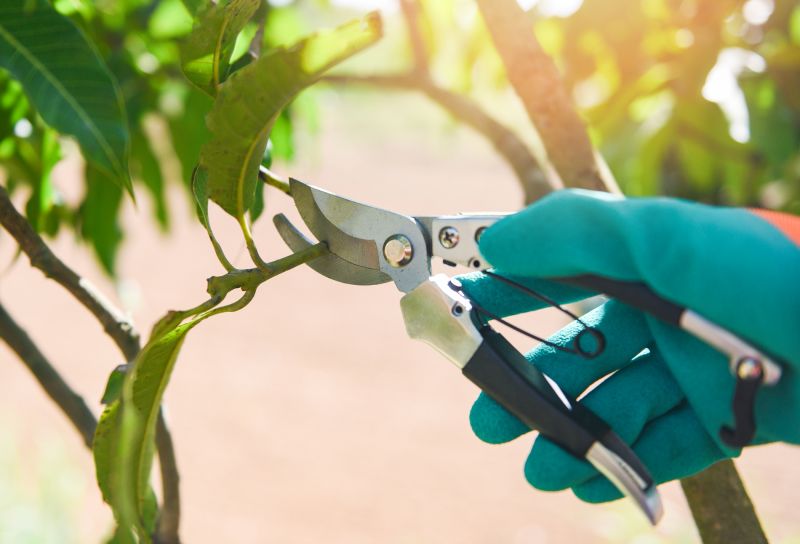
Collected pruned branches show the typical size and shape of cuttings suitable for disposal or composting.
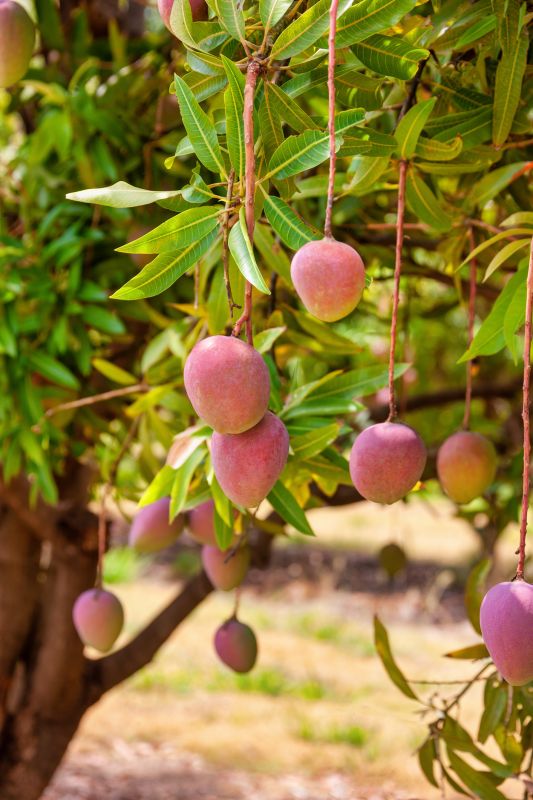
A well-pruned mango tree demonstrating improved airflow and sunlight exposure.
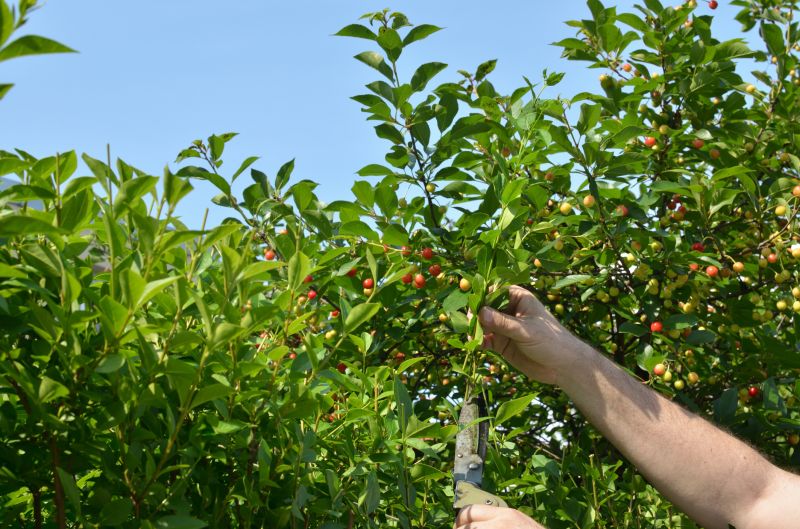
Tools used for pruning mango trees, emphasizing proper technique and safety.
| Timing Aspect | Details |
|---|---|
| Dormant Season | Pruning is most effective after harvest and before new growth begins. |
| Post-Harvest | Ideal for shaping and removing dead or diseased branches. |
| Avoid During Flowering | Pruning during flowering can reduce fruit set. |
| Climate Factors | Timing should consider local weather patterns. |
| Frequency | Typically once annually to maintain tree health. |
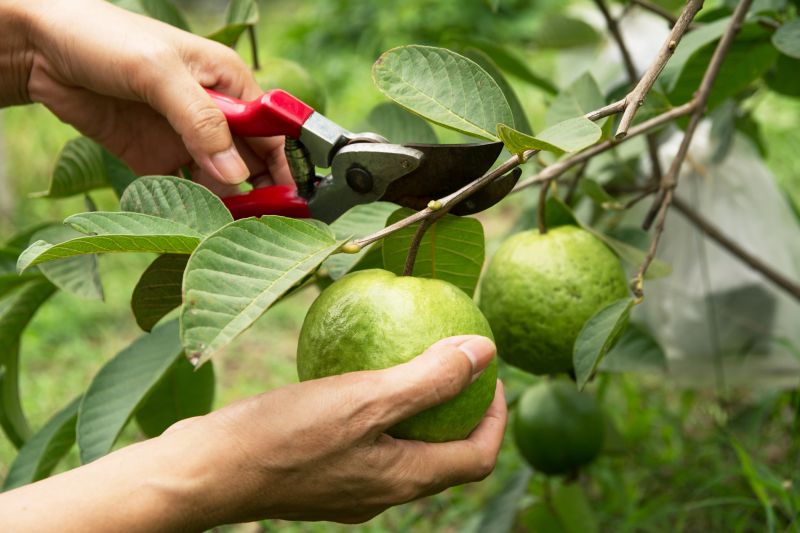
Various pruning tools suitable for mango trees, including secateurs and saws.
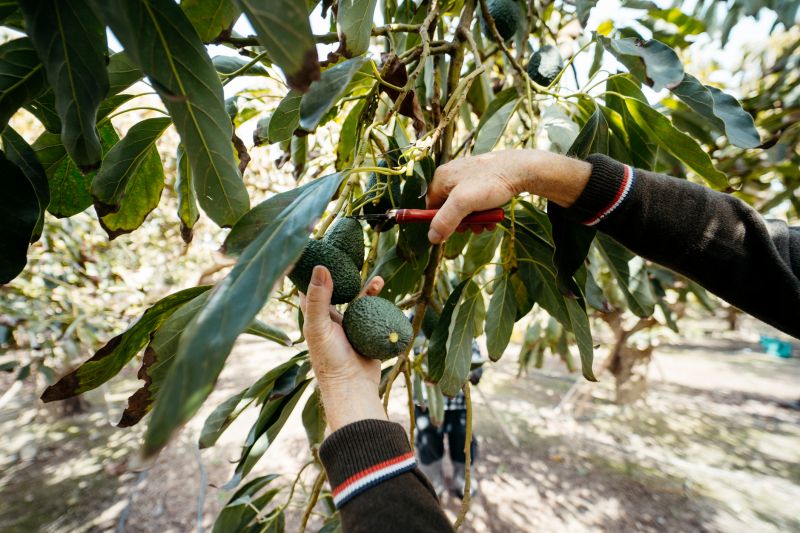
A mango tree with a well-maintained canopy after pruning.
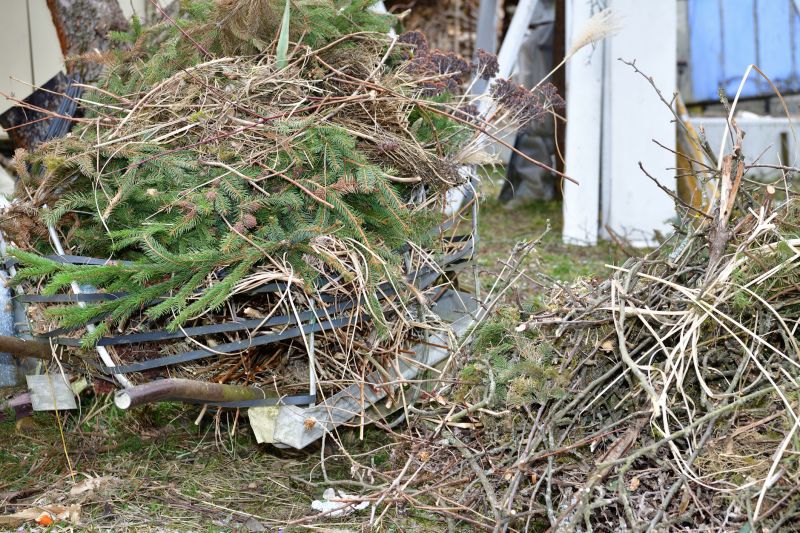
Collected pruned material ready for composting or disposal.
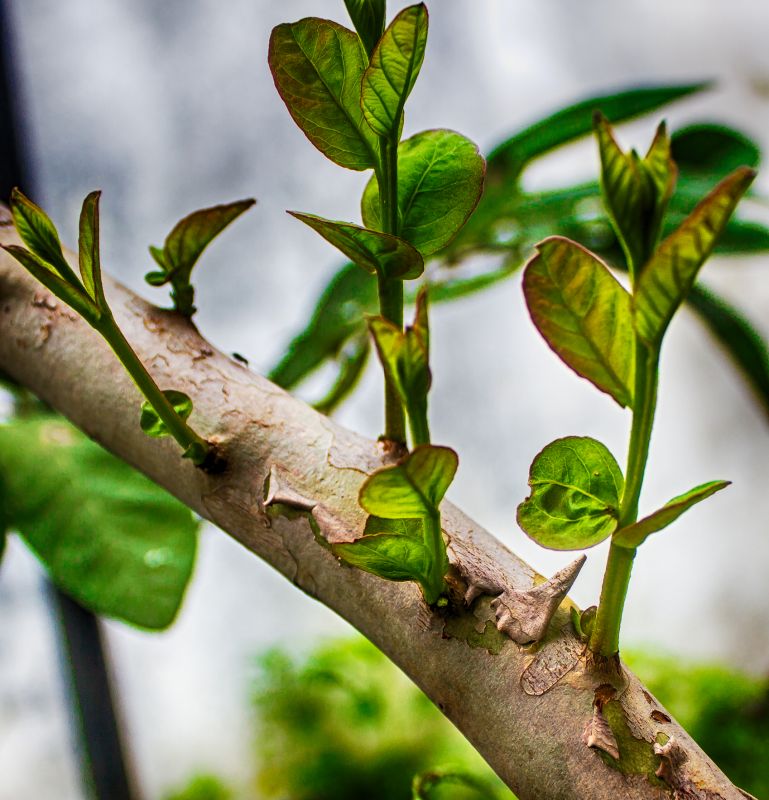
New growth emerging after proper pruning.
Effective pruning of mango trees involves removing dead, diseased, or crossing branches to promote healthy development. Proper timing ensures minimal stress to the tree and supports optimal fruit production. Regular maintenance, aligned with seasonal cycles, is essential for sustaining tree vitality and productivity.
For those interested in managing mango tree prunings or seeking advice on best practices, filling out the contact form can provide tailored guidance and support for orchard management and pruning schedules.



